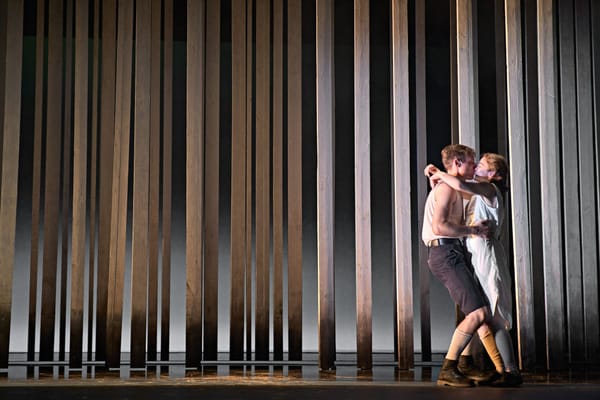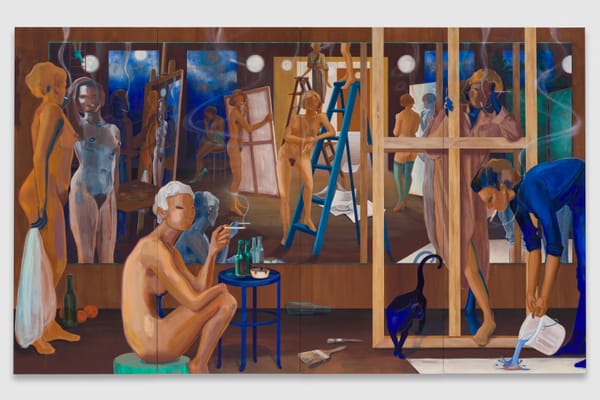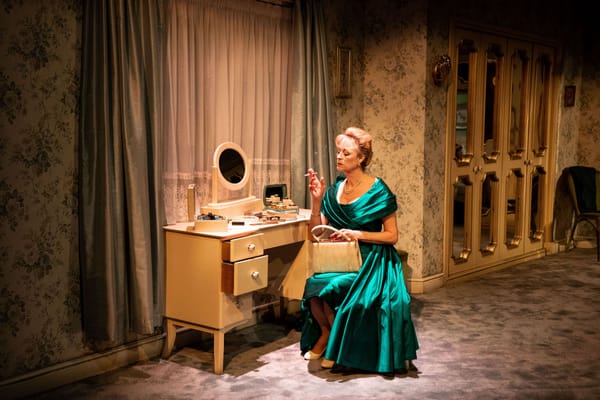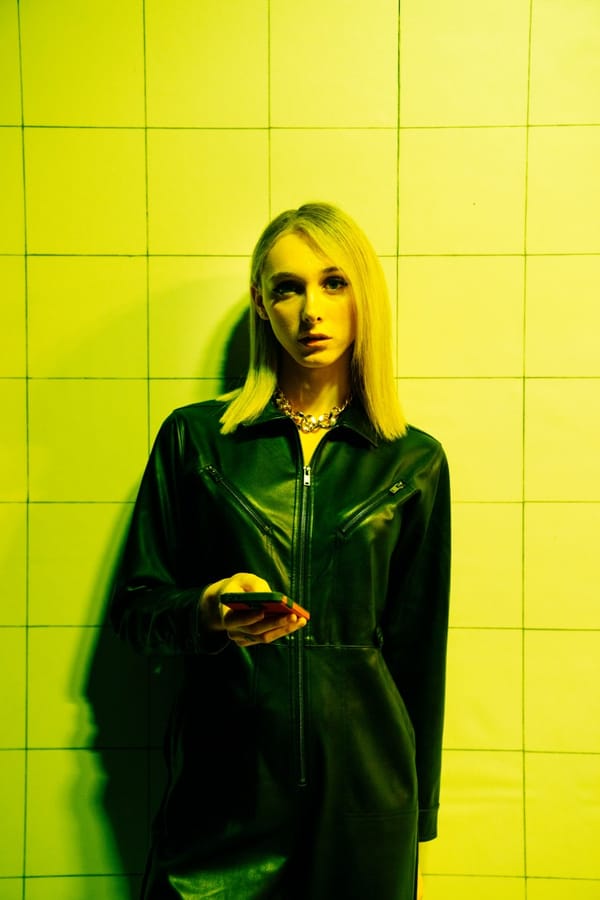To the Infinity Room and Beyond
Arts Writer Amanda Hertzberg makes sense of Yayoi Kusama's insane reality at the Tate modern
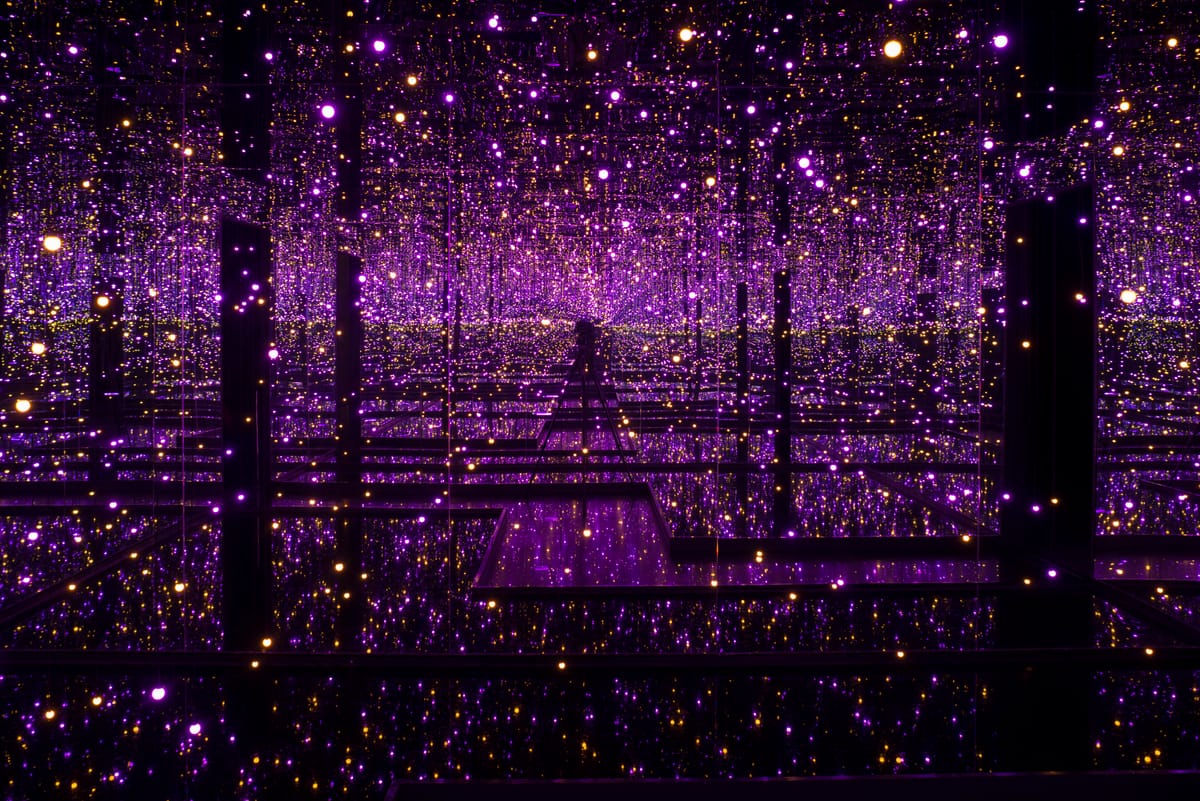
Yayoi Kusama: Infinity Mirror Rooms
★★★★
- What: Art Exhibition
- Where: Tate Modern
- When: Until 12th June, 2022
- Cost: £10 (£5 - Tate Collective)
The experience begins when you step on board the lifts on the right hand-side of the Tate Modern ticket office. The doors close behind you and you're inside a Ronald Dahl-esque box that could take you anywhere. Out of Willy Wonka’s chocolate factory, into space or maybe into a tropical landscape. But the doors open again and you alight into Yayoi Kusama’s landscape of lights and patterns.
There’s a slight element of insanity in every bit of it.
Kusama, a now 92 year old Japanese artist, has created art since a young age. Walking through the ever-so-brief but ever-so-enchanting exhibition we come to learn that art is not the only thing that has followed Kusama’s steps since a young age. Since a little girl, she has also experienced hallucinations. Realising this, Kusama’s art makes more sense. Her art is the physical embodiment of her hallucinations. Being known for her so-called “Infinity rooms”, of which this exhibition has the joy to contain two of, she creates art for more than just one of the senses. She creates an experience. The two rooms in this exhibition have queues forming in front of them. Signs warning the public about what they’re about to experience are present, “Beware of flashing lights”, “If disoriented, look to the ceiling” or “Don’t step into the shallow pools of water”. When entering the second room the museum worker is again separately warning everyone about falling into the water. “It happens everyday, even with a warning” she says. At this point we’re almost excited about the potential dangers of what we are about to experience. The reality is slightly less intense than all the warnings make it out to be. I wouldn’t call it “underwhelming”, just a lot “less” than expected. The rooms are a lot smaller too, in comparison to pictures seen prior, popping up on my instagram feed every now and then. However, looking back at my own pictures afterwards the mirrors and reflective surfaces would have me fooled all over again.
Other than the rooms there are some miscellaneous photos of Yayoi, capturing her whilst simultaneously creating and taking part in her own art. There’s nudity, there’s paint, there’s flashing lights. There’s a slight element of insanity in every bit of it. This falls into place when we find out that Kusama admitted herself to a mental hospital in 1977, and has lived there ever since. It is a partial relief to step out of the exhibition into a more sane world, having tasted a little bit of Kusama’s insane reality.

